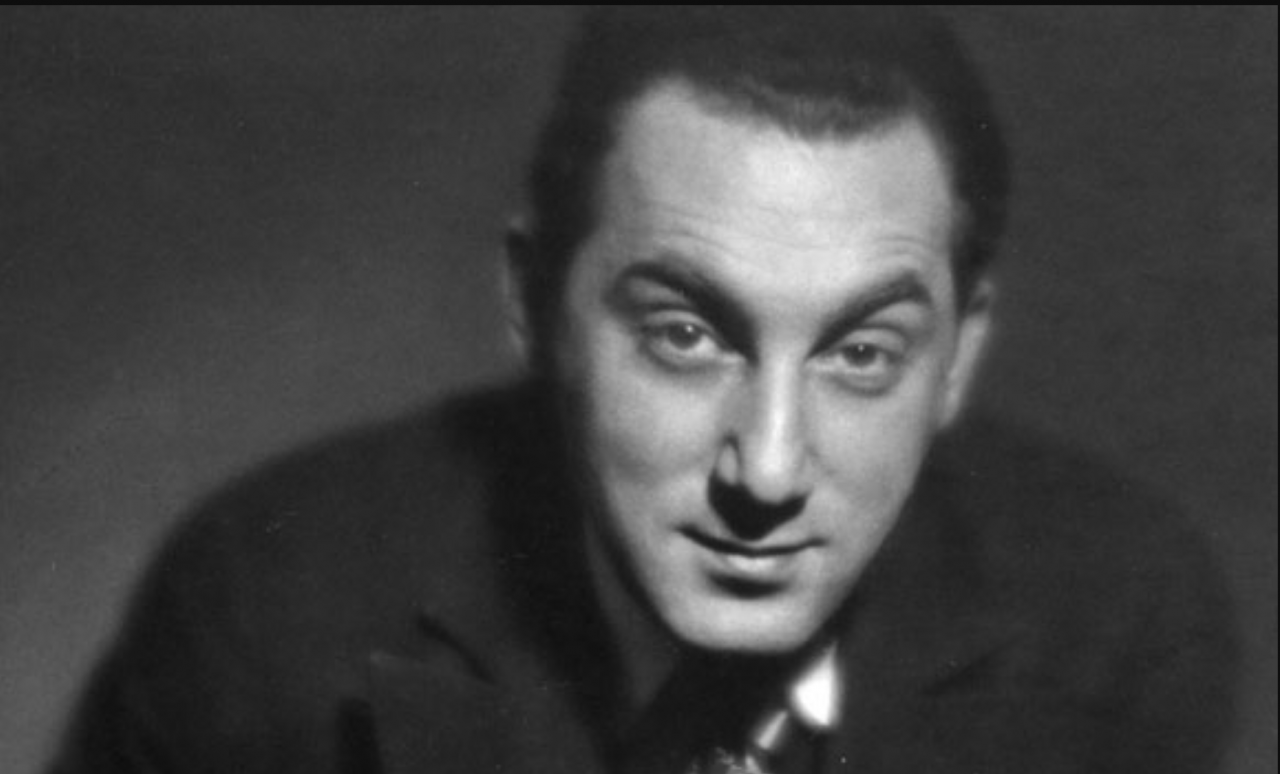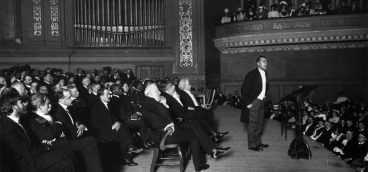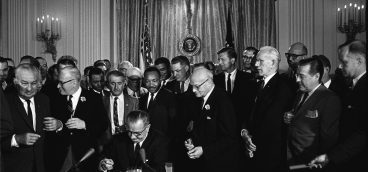Stefan Lorant

Stefan Lorant, the pioneering photojournalist, was born at the turn of the twentieth century and died 96 years later, at the century’s end.
In between, everywhere Lorant went and everything he did ended up having momentous consequences. Some of those consequences were micro and personal – but memorable – while others were macro and geopolitical.
It’s often said of exceptional people that they are “larger-than-life.” But Lorant was larger-than-larger-than life. Born in Hungary, Lorant first came to public notice in Germany, where he edited the groundbreaking pictorial magazine, Münchner Illustrierte Presse.
Although the original editor had been Hanns Looser, Lorant soon succeeded him and, at the age of 27, began to develop and advance the field of photojournalism. His innovative layouts and his uncanny ability to bring out the best work by even ordinary photographers quickly marked him as an imposing new talent.
Lorant was a zealous opponent of the Nazi Party and he wasn’t shy about making his opinions felt – verbally, in print, and in his photographic layouts.
Lorant told me once that it had never occurred to him that Hitler – “that clammy little nobody,” as he called him – would ever actually come to power. But in the elections of 1932 the Nazis emerged as the largest party in the Reichstag, and a year later Hitler became Chancellor.
Lorant was high on Hitler’s enemies list, which brings us to the episode we’ll call:
Hard Time
Barely six weeks after Hitler took power in March of 1933, Stefan Lorant was arrested and imprisoned first in Berlin and later in the Stadelheim prison in Munich, where Hitler himself had once served time and where the Nazis executed many “undesirables” by guillotine.
No charges were ever filed against Lorant and no hearings were ever held – all civil liberties in Germany had been suspended, ironically not by Hitler himself but by the ailing German President, Paul von Hindenburg.
During his six and half months in jail, Lorant kept a “diary.” Written on odd scraps of paper and smuggled out of jail, the diary contained descriptions of the guards and his fellow prisoners and recorded Lorant’s musings about his confinement.
In particular, the diary documented the abuse of civil rights that was now rampant in Germany but that was not yet well recognized in other countries. The book based on the diary, I Was Hitler’s Prisoner, was published in England (translated from the original German) in 1935 to mixed reviews.
Some readers felt that Lorant, who was not mistreated at all during his imprisonment, had no business glorifying himself, given that many other prisoners had been beaten, tortured, and killed by the Nazis. But the real problem was that the English public did not yet view Hitler as the menace he would later become.
Once World War II had started and England was in peril, however, Lorant’s book seemed prescient indeed. In 1940 a radio dramatization of the book was broadcast to widespread acclaim, and a reviewer described Lorant’s writings as “stark truth.”
Maybe so, but Lorant confided to me much later that, between the time his musings had been written down on scraps of paper in jail and the date of publication of I Was Hitler’s Prisoner, Hitler’s prisoner had “improved” those musings here and there to make him seem more insightful and far-seeing than he had actually been at the time. It was vintage Lorant, even though Lorant at the time was hardly more than a kid.
Which brings us to the episode we’ll call:
Picture Post
As soon as Lorant was released from prison he decamped to England. He knew hardly anyone in the country and spoke and wrote very little English. And yet, in a few short years Lorant would catapult himself to the highest echelons of journalism.
After successful but low-profile stints at important British publications like Lilliput, Lorant became editor-in-chief of one of the most successful and influential publications in the history of journalism.
Picture Post magazine represented the fullest flowering of Lorant’s photojournalistic talents. Launched in 1938, Picture Post quickly achieved a monthly circulation of 1,700,000, an astonishing number in a country with a total population of 40 million.
But Picture Post wasn’t just a commercial success, it was also the direct progenitor of American magazines like Life and Look. Lorant was now world famous.
But Lorant was also a foreigner, an “alien” in a nation that was at war and that had become utterly paranoid about aliens. Lorant’s car and bicycle were confiscated so he couldn’t move around the country, and there were places – including the town where he currently lived – where he could not, as an alien, reside.
Lorant applied for resident alien status and even British citizenship, but he was turned down for reasons never explained to him. Lorant pointed out that he had opposed Hitler and the Nazis long before most people in England cared about them one way or the other. He pointed out that he had been imprisoned in Germany as a threat to Hitler’s regime.
Wholly aside from all that, during Lorant’s stewardship of Picture Post he had continued to pound the table about the dangers of Hitler and fascism. Perhaps no one in England, aside from Churchill himself, had done more to alert England to the danger it was in than Stefan Lorant.
But none of it mattered. Lorant was, in his words to me, “treated like dirt by the Brits,” who were, in that regard, “little better than the Nazis.” Disgusted, infuriated and indignant, Lorant decamped again, this time to America.
But when I related this story to Adolph Schmidt (about whom more later), Schmitty frowned at me and said, “But surely that’s all nonsense! Lorant fled Britain because he was being investigated for cheating on his income taxes!”
Once again it was a story that could only be about Lorant. He was, to be sure, a towering figure who had been treated abominably by the Brits. But he may also have been fudging his tax returns.
Next up: Stefan Lorant, Part 2













